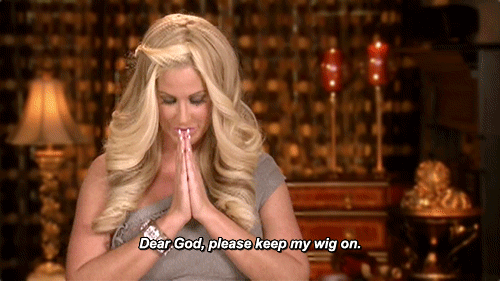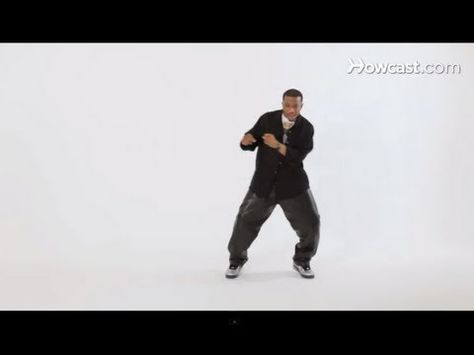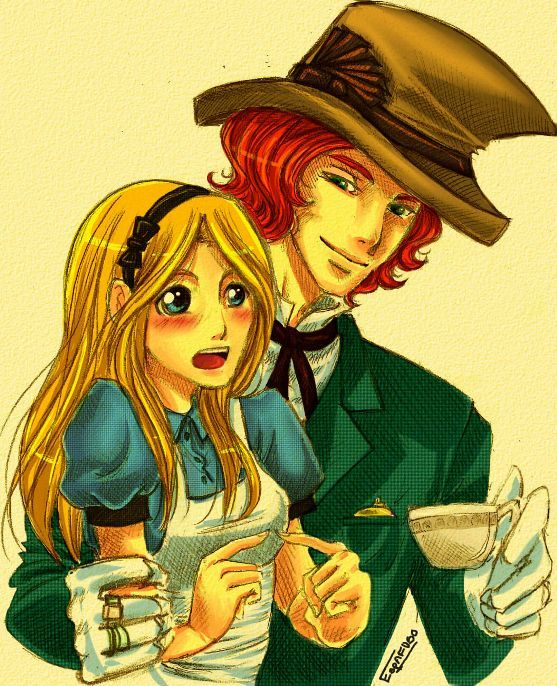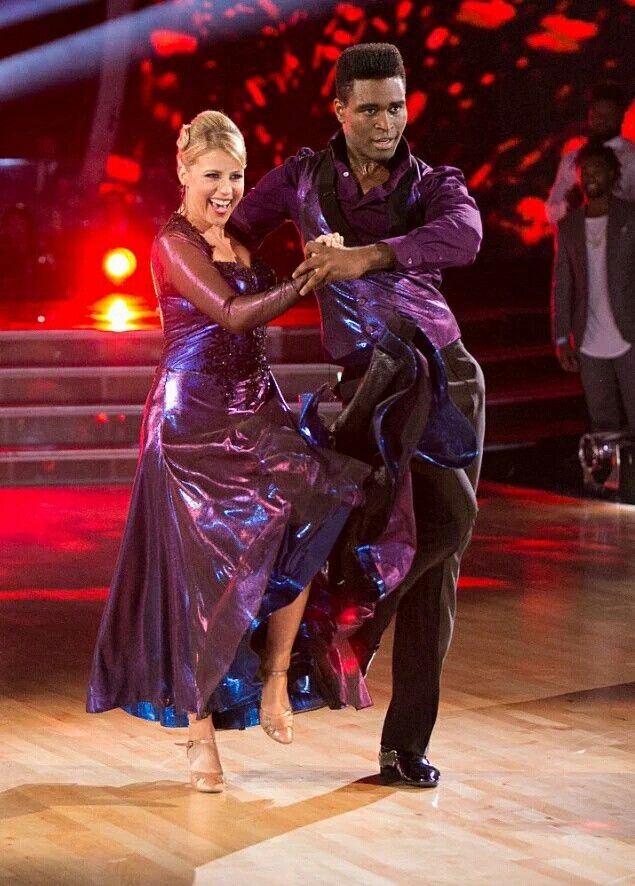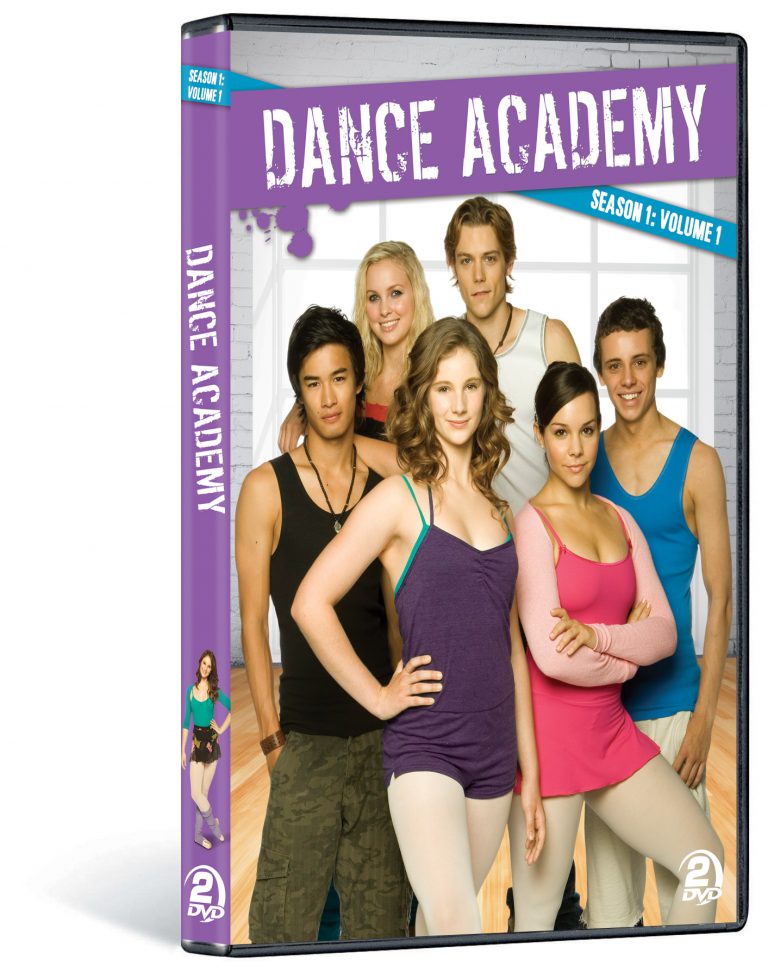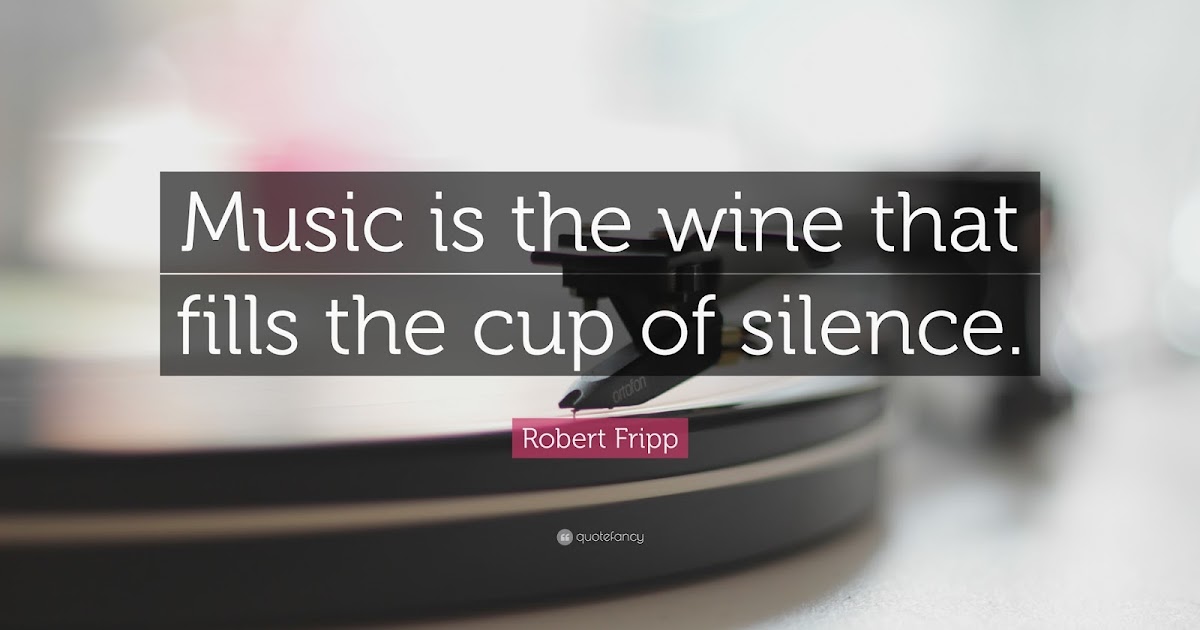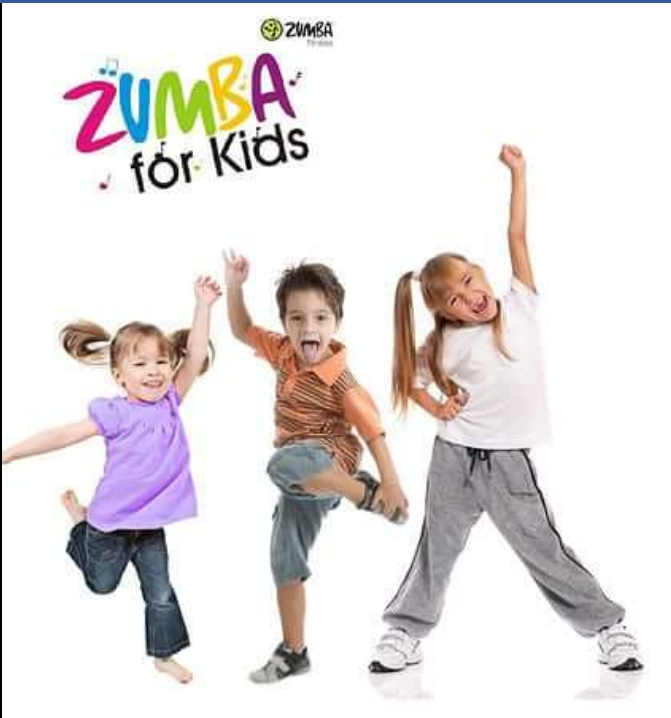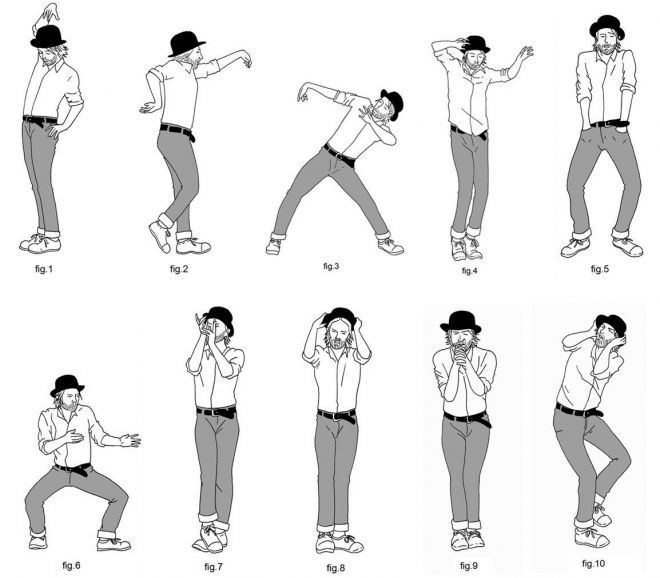How to do the hustle partner dance
Hustle | Bella Ballroom
The Hustle gained popularity and was developed during the “Disco era” of the 1970s. It is a fast, upbeat dance that has many similarities to the swing dancing of the 1930s and 1940s. It’s a thrilling dance that is still danced in many Ballroom dancing and social dance communities today.
History of the Hustle
Hustle dancing was born in the 1970s during the boom of the Disco era in the United States. The Hustle went thorough many evolutions and variations during the 1970s. Originally, the Hustle was known as a line dance with the same name and was danced with groups of people. The word “Hustle” also referred to the dancing of the latest solo movements that dancers would use out on the dance floor. Throughout the early 1970s, freestyle solo dancing was popular and seen all over the well-attended discotheques of the time. One history suggests that a group of young adults started developing partner dances for the Disco rhythms in the Bronx neighborhoods of New York City out of these popular solo dance moves. The youth would hold a variety of dance contests and would gather to dance together and share new information about the dance. As more people started to participate in this dance, it began to evolve, and a new partner dance was born.
Eventually “The Hustle” became the name that coined this social partner dance. Some argue that the couple’s dance stole the name “The Hustle” from the already existing line dance. When the movie “Saturday Night Fever” hit the scene in 1977 with a mixture of Latin and Swing dancing done to the new modern disco beat, no one knew what to call this upbeat dance. The dance went through many names such as “Disco Swing,” “Rope Hustle,” “Sling Hustle,” “Latin Hustle,” “Street Hustle,” and others. These sub names were used to describe the different flavors and emphasis of the dance being done until the catchall name of “The Hustle” was adopted.
Prior to the release of the film, “Saturday Night Fever,” the Hustle had many Latin influences and many called it the Spanish Hustle. Early pioneers on the Spanish Hustle forefront included dancers from the Latin Symbolics Dance Company, which was founded in the South Bronx in 1972. In the early days of the Hustle, dancers from this company including Floyd Chisolm, Dante, Jose Dominicano, Willie Estrada, Wille Rivera, Gladys Rodrguez, Eddie Ramundi, Debbie Benitez, Denise Florentino Sara Silva and Maggie Solis became known as the best of the best. It was at the Latin Symbolics Studio where part of “Saturday Night Fever” took place and was filmed. Actor John Travolta played the part of an Italian dancer from the queens named Tony Manero who was not actually a dancer, but a popular kid from the neighborhood. In the movie, Tony Manero learns how to do the original Spanish Hustle from the Latin Symbolics Dance Team in preparation for his Las Vegas dance showcase. This movie became an integral part of the Hustle’s history as the popularity of the film put the Hustle on a nationwide map and made Disco dancing super hip, even for men.
Early pioneers on the Spanish Hustle forefront included dancers from the Latin Symbolics Dance Company, which was founded in the South Bronx in 1972. In the early days of the Hustle, dancers from this company including Floyd Chisolm, Dante, Jose Dominicano, Willie Estrada, Wille Rivera, Gladys Rodrguez, Eddie Ramundi, Debbie Benitez, Denise Florentino Sara Silva and Maggie Solis became known as the best of the best. It was at the Latin Symbolics Studio where part of “Saturday Night Fever” took place and was filmed. Actor John Travolta played the part of an Italian dancer from the queens named Tony Manero who was not actually a dancer, but a popular kid from the neighborhood. In the movie, Tony Manero learns how to do the original Spanish Hustle from the Latin Symbolics Dance Team in preparation for his Las Vegas dance showcase. This movie became an integral part of the Hustle’s history as the popularity of the film put the Hustle on a nationwide map and made Disco dancing super hip, even for men.
Hustle Dance Today
Today the Hustle continues to be danced and is found in social dance circles, ballroom studios, competitions, and other dance events. Hustle dancers still dance to classic Disco beats and also to more contemporary pop music. In the late seventies, punk rock emerged and there was a wave of anti-disco movement. While the hustle faded out of popular culture, it never died. Hustle fanatics of the seventies never gave up on the dance and continued to evolve the dance in the underground dance club scene through the eighties. The dancers of this former era are still passing on their knowledge to younger dancers, although the current hustle bears little resemblance to the hustle of the seventies.
Hustle is often danced today to contemporary pop music and is now danced as a fast, smooth dance, with the follower spinning almost constantly. The lead will send his partner away and draw her close. Many have fun making the Hustle a challenging dance by following a rhythmic pattern which plays with the timing of the music rather than following it verbatim. Hustle music tempos today are a little slower than the fast disco versions of the early eighties and seventies.
Hustle music tempos today are a little slower than the fast disco versions of the early eighties and seventies.
The Hustle is considered an Authentic Style Dance, and DanceSport, the governing body for ballroom and social dance, is one of the places where the Hustle stays alive and continues to grow. DanceSport defines the Hustle as being associated with retro disco music and perfect for “dance-beat, nightclub music including everything from pop to rap and hip hop.”
You can see interpretations of the Hustle on national televisions shows such as “So You Think You Can Dance” and “Dancing With the Stars.” The exposure of the Hustle on national television has caused new dancers to take interest in learning the dance. The foot-work is popular with beginner dancers as the basic pattern structure is simpler than other partner dances and can be attainted relatively quickly. The Hustle continues to be associated with fun times and done with highly dynamic, flashy, and powerful energy.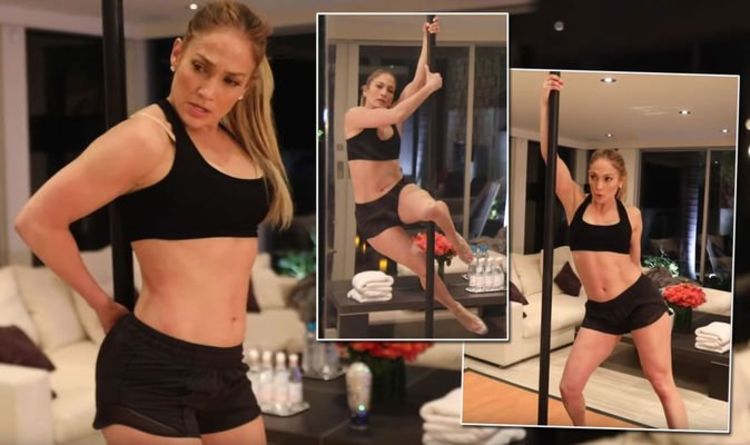
Hustle Dance Music
- “Do the Hustle” Van McCoy
- “More Than a Woman” Bee Gees
- “Beautiful” Akon
- “I Will Survive” Gloria Gaynor
- “Disturbia” Rihanna
- “I Cry” Flo Rida
- “Scream” Usher
- “Last Dance” Donna Summer
- “Night Fever” Bee Gees
- “Smarty Pants” First Choice
- “Romeo and Juliet” Alec Costandinos
- “Risky Changes” Bionic Boogie
- “Tonight I’m Lovin You” Enrique Iglesias
- “Take It Off” Ke$ha
- “Kill the Lights” Britney Spears
- “Gypsy Woman” Crystal Waters
- “Stayin Alive” Bee Gees
- “La Isla Bonita” Madonna
- “December 1963” Four Seasons
- “Paradise” Sade
- “The Hustle” Van McCoy
- “You Stepped Into My Life” Wayne Newton
- “Ladies Night” Kool & the Gang
- “Jive Talkin” Bee Gees
- “Ain’t No Stoppin’ Us Now” Mcfadden & Whitehead
- “Jezebel” Ricky Martin
- “I’m Every Woman” Chaka Khan
- “Do I Do” Stevie Wonder
- “Wherever Whenever” Shakira
- “More Than a Woman” Bee Gees
- “Got to be Real” Cheryl Lynn
- “Same Shame Shame” Shirley and Company
- “Lost in Music” Sister Sledge
- “Got to be Real” Cheryl Lynn
- “Never Give Up on a Good Thing” George Benson
- “I Don’t Feel Like Dancin” Scissor Sisters
- “Impaciente” Mestizzo
- “Vogue” Madonna
- “Heaven Must be Missing an Angel” Tavares
- “Impaciente” Mestizzo
- “Love 4 Fun” Enrique Iglesias
- “Don’t You Want My Love’ Carl Carlton
- “The Groove Line” Heatwave
- “Neutron Dance” Pointer Sisters
- “Someday” Sugar Ray
- “Boogie Oogie Oogie” Taste of Honey
- “Overload” Zappacosta
- “Dance Disco Heat” Sylvester
- “Strong Enough” Cher
Hustle Dance Classes Goodyear - Hustle Dance Lessons Arizona - Hustle Dance Studios AZ
Learn all about the Hustle!
What is the Hustle?
The hustle peaked in popularity in the mid to late 1970s, particularly following the release of the film, Saturday Night Fever.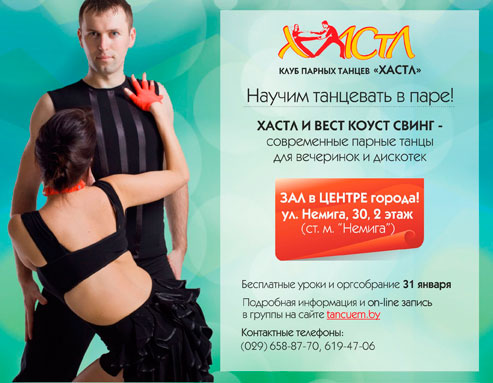 It can be danced with a partner or in a line formation, and a number of variations of each style exist, from the New York Hustle to the California Hustle, i.e., the “Bus Stop.”
It can be danced with a partner or in a line formation, and a number of variations of each style exist, from the New York Hustle to the California Hustle, i.e., the “Bus Stop.”
History of the Hustle
Unlike many other ballroom dances, the origins of the Hustle aren’t buried in the distant past. Many hustle fans can still remember when the dance first swept the country in the mid to late 1970s following the release of the blockbuster film, Saturday Night Fever.
As with so many other dance crazes, the hustle began in the dance clubs and party scene of New York City. Dancers in the local Latino community created the dance, infusing the salsa with some swing, mambo, and even tango. The popularity of dance competitions, which attracted many of the city’s best dancers, introduced the hustle to the mainstream, and dancers throughout the country began to introduce variations of the original steps. Line and partner versions of the hustle were developed, with Saturday Night Fever depicting several types of each.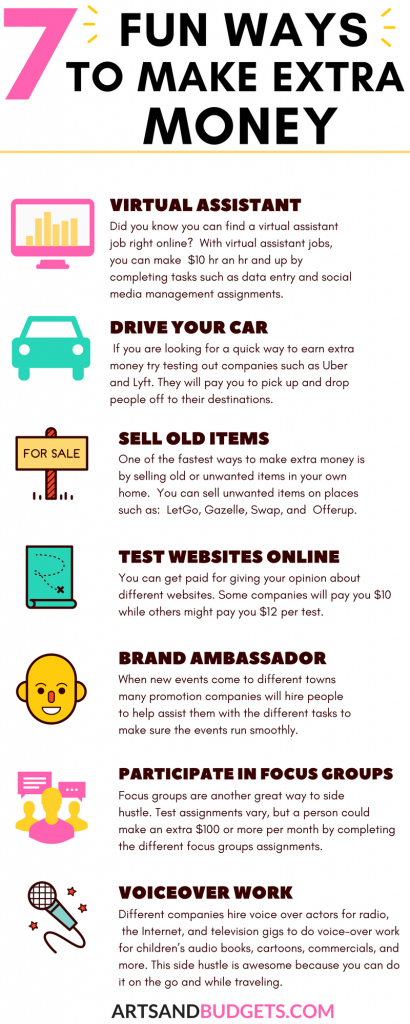 Disco fever hit its peak in the middle years of the decade, and the hustle became the dance that defined pop culture for the post-sixties generation.
Disco fever hit its peak in the middle years of the decade, and the hustle became the dance that defined pop culture for the post-sixties generation.
Once the hype that surrounded the film died down in the late 1970s and early 1980s, the hustle lost some of its luster as people began to rediscover other Latin dances. It has since regained some of its appeal, however, particularly with the popularity of the TV series, That ’70s Show, and the trend among many stylish hosts to hold ’70s-themed parties and events.
How to Dance the Hustle/Basic Steps
If you can walk, you can do the basic California Hustle. Line dancing fans will already be familiar with this popular step. It only looks difficult but only because it has so many steps, but it’s very easy. So put on some of your favorite disco records and have a go:
- Start with your feet in closed position.
- Step back with your right foot.
- Follow with a step back with your left foot.
- Step back again with your right foot.

- Close your left foot to your right foot.
- Step forward with your left foot.
- Step forward with your right foot.
- Step forward with your left foot.
- Close your right foot with your left foot.
- Step to the left with your left foot.
- Step to the left, crossing behind your left foot, with your right foot.
- Step to the left with your left foot.
- Close your right foot to your left foot.
- Step to the right with your right foot.
- Step to the right, crossing behind your right foot, with your left foot.
- Step to the right with your right foot.
- Close your left foot with your right foot.
Great Hustle Songs
- “Stayin’ Alive” – the Bee Gees
- “Physical” – Olivia Newton-John
- “Do Ya Think I’m Sexy?” – Rod Stewart
- “Dancing Queen” – ABBA
- “Celebration” – Kool and the Gang
- “Shake Your Booty” – K.C. and the Sunshine Band
The Hustle in the Movies
- “Saturday Night Fever” (1978)
- “Disco Fever” (1978)
- “Stayin’ Alive” (1983)
- “The Last Days of Disco” (1998)
Learn to Dance the Hustle
Arthur Murray, a Goodyear-based dance school, is part of the internationally renowned Arthur Murray Dance Studios system.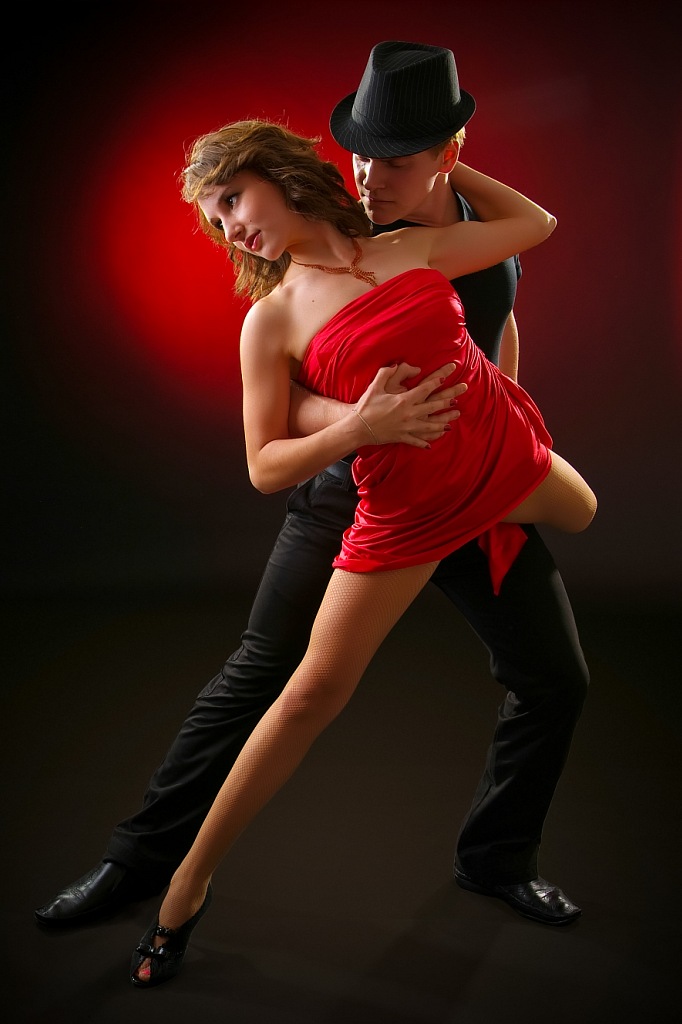 The Goodyear franchise teaches hundreds of students each year with lessons in the hustle, rumba, salsa, ballroom, swing dance, cha-cha, and others. To schedule your complimentary first dance lesson, fill out our on-site contact form here.
The Goodyear franchise teaches hundreds of students each year with lessons in the hustle, rumba, salsa, ballroom, swing dance, cha-cha, and others. To schedule your complimentary first dance lesson, fill out our on-site contact form here.
Learn other dance styles!
How to dance hustle correctly
Hustle is not just a social dance, but quite an original occasion to get to know each other. In a disco, on the street, on the roof of an abandoned house, you can hustle wherever there is music and a partner you like. And even if you're spending time alone with the movie Saturday Night Fever, you can still dance without having to have the right shoes, clothes, or a flat dance floor. In this article, we will introduce you to our opinion on how to dance the hustle correctly.
Music
In order to literally start dancing the hustle, you first need the appropriate music. Make your own playlist, from the compositions of which everything inside dances by itself. Here are some sample songs you can use:
Here are some sample songs you can use:
- Madonna - Hung Uh
- Bee Gees - Staying Alive
- Eiffel 65 - Blue (Da Ba Dee)
- Van McCoy - The Hustle
- ZZ Top - Sharp Dressed Man
- Donna Summer – Last Dance
- Dead or Alive – Spin Me Round (Like a Record)
- Kelly Clarkson – My Life Would Suck Without You
- C&C Music Factory – Sweat
- ABBA- Gimme! Gimme! Gimme!(A Man After Midnight)
Rhythm
To properly hustle, you need to feel the rhythm. Feel the musical time signature 4/4 (four beats per measure) with your whole body. The score in the dance may vary depending on the teacher. It can be "And, 1,2,3" or "1,2,3,4", or "1,2, And,3". As part of the dance, this is all right as long as you get into the music, and for this you must feel the strong and weak beat in the musical time in order to be able to take a step in any segment of the song. This skill needs to be developed. Turn on the song of your choice and enter the count depending on your position in the dance (from the left foot to "I" or "1" if you are the leader and from the right if you are the follower). Over time, you will begin to hear the downbeat (where you can step in) more clearly.
Over time, you will begin to hear the downbeat (where you can step in) more clearly.
Steps
A proper hustle begins with a basic step (American school dancers call it basic "basic"). The step itself is very simple, you can verify this by watching the video on our website. There can be many arbitrary steps in the dance brought from other dance patterns, but in any case, the basic will always act as a "jumper". You will also need to know the basic turn step and the diagonal step. They are quickly remembered and are always used in dance (“there are much more necessary” steps, check them out in the video on our website).
Dance
To dance properly, some preparatory work must be done. Namely, to work out the main step so that you can perform it without thinking. When, at the level of your reflex or muscle memory, the legs themselves perform the necessary steps for at least 10 minutes to music with a 4/4 time signature, you will be ready to start dancing. By dance, we mean the performance of "schemes" or, as they say, "patterns", combinations and bundles of movements that can be alternated in any order.
Partner
To properly hustle with a partner, some individual practice is required, and you will have it if you follow all the steps above. Take your partner's hands in yours, left in the right and right in the left and keep them loose, but not so that they dangle. Some styles of hustle involve closer contact between partners (closed position), but if you have just started dancing or the partner is not familiar to you, start all movements from an open position (standing facing each other at a distance of outstretched and slightly bent arms).
Improvisation
To dance the hustle you need imagination and a willingness to improvise, because this dance is performed not only for two, but also for the audience. Its task is to attract and hold the attention of the maximum number of people, if you perform a social dance with an unfamiliar partner, the task is to impress the partner. The rhythm of the dance is so simple that you can bring into it figures and elements from any dance, rock and roll, samba, waltz, contemporary, whatever you want, and what is good to go to music.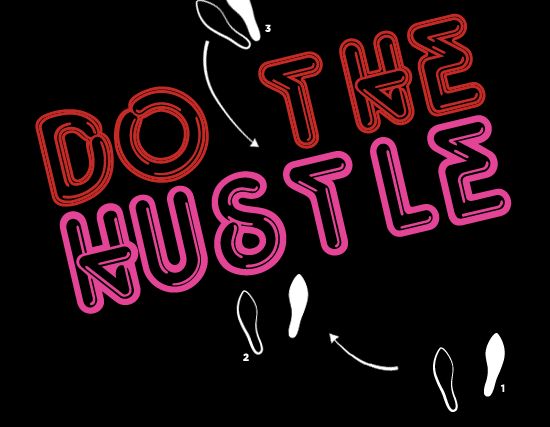 But, in our opinion, before you start free improvisation, you need to learn the frequently used movements and patterns, you can even make small changes to them (change the movement of your hand or head).
But, in our opinion, before you start free improvisation, you need to learn the frequently used movements and patterns, you can even make small changes to them (change the movement of your hand or head).
Hustle pair dance - what is it?
Where did the hustle dance come from? What are its main features? How to learn to dance hustle? Read about it in the article.
If we try to give a complete definition in one sentence, then hustle is a popular modern paired social improvisational disco dance . Ufff... Now let's try to understand in more detail.
- Popular...? And I didn't hear anything.
So you are stuck in yesterday! Today couple dances, and the hustle dance in particular, are becoming more and more popular. Thousands of people dance hustle in Moscow alone. Hustle discos are held every day (list of popular Moscow hustle discos). The number of studios where hustle is taught is in the dozens. The regions do not lag behind: in most large cities, the hustle pair dance is also danced.
- Hmm... modern? I saw a hustle in an old John Travolta movie.
In fact, the hustle dance originated in America in the 70s and 80s in the Disco era. But from the moment of its appearance to the present day, the dance continues to develop actively, spreading all over the world. Hustle came to us in Russia by the end of the 80s, but it gained great popularity only in the last few years. It is interesting that in Russia the hustle is developing in its own way. If the American version of the hustle still retains the authenticity of the disco era, then in Russia it keeps up with the times: in discos, mostly modern music sounds (R'n'B, europop, disco-house ... but DJs do not forget about classic hits), and the dance itself constantly borrows interesting movements from other modern trends (modern jazz, club dances, salsa and others). In general, in Russia, the hustle does not stand still, but moves forward all the time. This is not surprising, since the majority of hustle dancers are energetic young people from 18 to 35 years old and adult dancers who appreciate outdoor activities.
- Double…? And what's good about that?
If the main meaning of any solo dance is self-expression and an outburst of energy, pair dances are, first of all, a form of communication between a man and a woman. For centuries, dance has been an essential element of courtship - and for good reason. Indeed, in dance, as in life, a man must be able to confidently lead his partner, ensuring safety and comfort, but at the same time sufficient freedom for her self-expression. The partner, in turn, must sensitively follow the lead of the partner, decorating the dance. Pair dance teaches, first of all, mutual understanding.
- Yes, doubles are great. Too bad I don't have a partner.
Hustle is a social couple dance. In other words, it is a dance created for communication. Starting to engage in hustle, you are sure to find many new acquaintances and friends who are close to you in spirit. And it is not at all necessary to come to classes and discos with your partner or partner.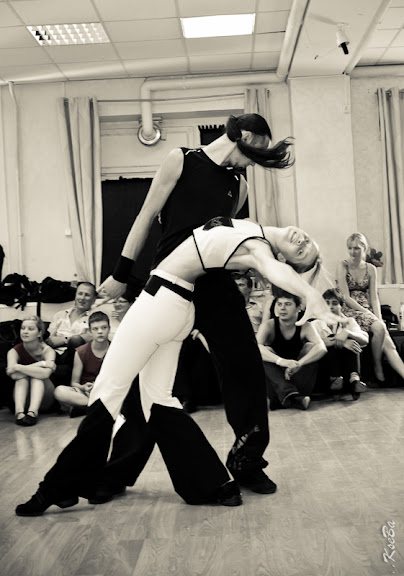 Even in hustle competitions there is a special nomination, "jack-n-jill", which involves the exchange of partners after each round. If you decide to look for a permanent partner to attend classes, discos or competitive performances, then we advise you to read our tips for finding a dance partner / partner.
Even in hustle competitions there is a special nomination, "jack-n-jill", which involves the exchange of partners after each round. If you decide to look for a permanent partner to attend classes, discos or competitive performances, then we advise you to read our tips for finding a dance partner / partner.
- How is it improvised?
Initially, hustle does not involve the performance of long pre-learned sequences and patterns. Of course, you can’t do without them in a demonstration or competitive performance, but it’s much more interesting to dance at a disco, following the music.
- So you can only dance hustle at special discos?
Hustle discos are great: a large number of people who share a common love of dancing, good music and a comfortable dance floor. But, unlike smoking, you can dance not only in “specially designated places”, but wherever you want it and where the music sounds: in a cafe, at a party, in an outdoor park, or even at home.
